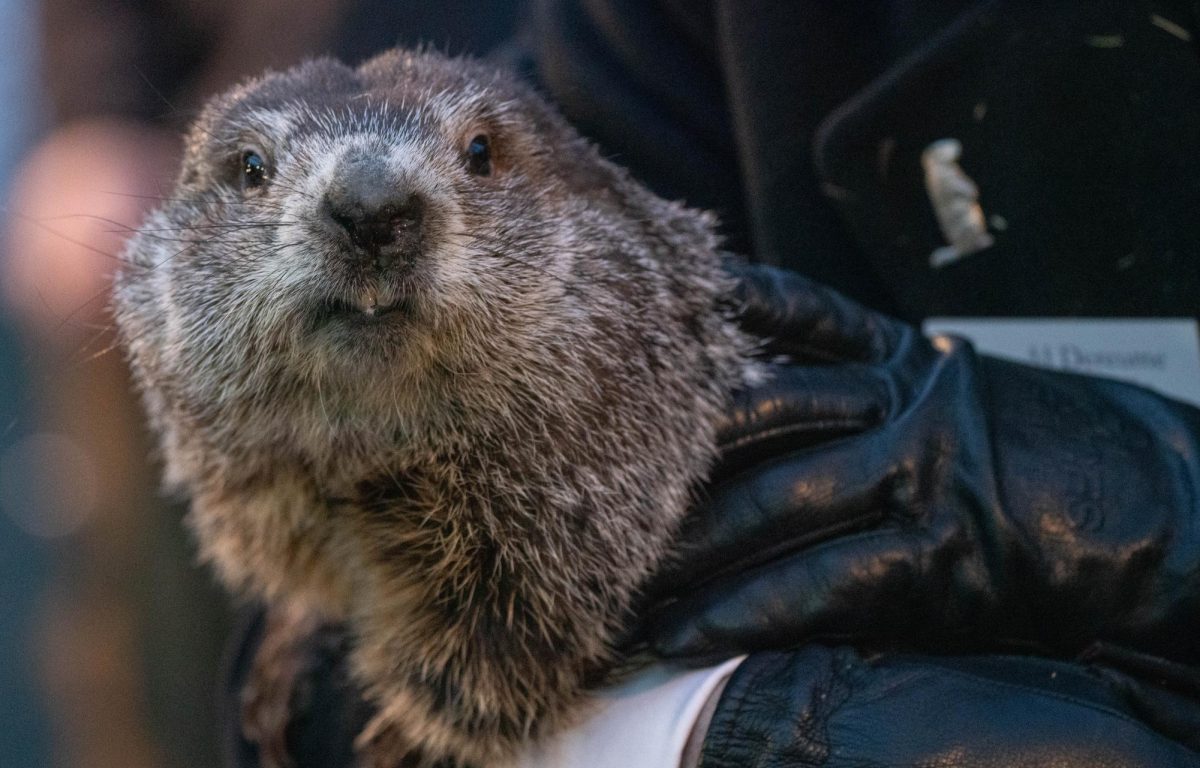Groundhog Day is one of those holidays that people often accept without knowing much about it or maybe nothing at all when it comes mentioned in a conversation. The monotonous question is brought up each year, “Did the groundhog see its shadow?” but people often never dig into what it means or where it all comes from. This holiday has a lot of background to it that often gets overlooked. And anyway, what does the phrase, “The Groundhog saw its shadow” even mean?
Groundhog Day is when on February 2 of each year, the groundhog Punxsutawney Phil will come out of hibernation and predict the remaining part of the winter. If the groundhog sees its shadow, he will go back into hibernation and the winter weather will continue for a few more weeks. If the groundhog does not see its shadow, it is said that warmer weather will be coming soon. This year, the groundhog did not see his shadow which means an early spring is supposedly coming.
The holiday had its first formal celebration on February 2, 1887, and has been celebrated yearly ever since then. It has changed over the years as different groups of people such as Germans, Celts, Dutch, and later people in the United States celebrated it. The holiday originated from Christian customs in Europe.
On the Celtic calendar instead of solstices, there were “turning points” that would happen four times a year that were similar to the dates of our seasons. These “turning points” were very important to Europeans when Western Europe began to Christianize, and they also all became holidays that we are familiar with today. The first of May became May Day, November 1 became All Saint’s Day, and February’s holiday got pushed a day back and became known as Groundhog Day.
Before the February 1 celebration was Groundhog Day, it was Candlemass Day. The main celebration that founded Groundhog Day was Candlemas Day which honored the halfway mark between the winter solstice and spring equinox. At the Candlemas Day celebration, people would take candles along with them at church and would have them be blessed, according to The Punxsutawney Groundhog Club website. People thought having blessed candles during this time would lead them to a good year ahead.
As agriculture became a bigger thing in the world, predicting the weather began to become something people would do to benefit the production of crops. The Celtic people introduced the animal aspect of predicting the weather. Instead of a groundhog, they originally used a badger. It is unclear why a badger was originally chosen to predict the outcome of winter. Once the holiday expanded to Pennsylvania, the badger was swapped out for the groundhog known very well today.
This day is mostly still around and celebrated to brighten the lives of people during the grueling winter months. Even though according to Stormfax, the groundhog only makes correct predictions about the outcome of winter 39% of the time, it is still a holiday that people deem worthy of recognizing.








